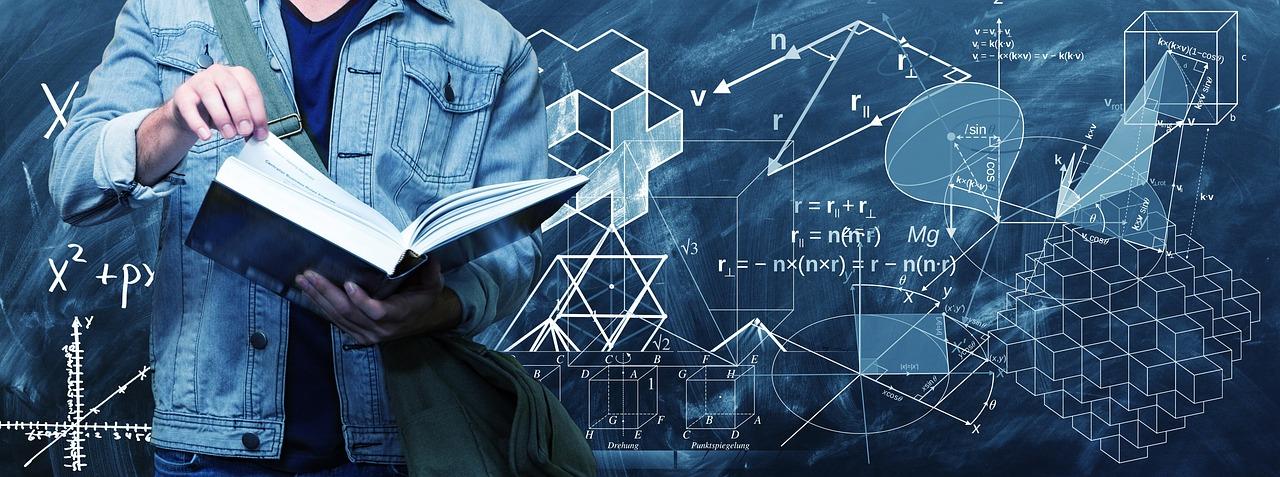
Elevators!
by David Wirth
This lesson gives students another real life example of Newton's Second Law of Motion. Students will use force diagrams and Newton's Second Law of Motion to find their apparent weight as they accelerate in an elevator. Students will then go to an actual elevator and collect data with their cell phones in order to determine their apparent weight.
Lesson Plan Link/URL
https://docs.google.com/presentation/d/115jAaux7DHgRAu5jaS6vdVNbgPBLhbaq/edit?u…Related Content

Featured
Sphero Rocket Payload Mission
Grades:
9th Grade, 10th Grade, 11th Grade, 12th Grade
This lesson uses Sphero's "Rocket Payload" activity with the Outer Space Mat. The full lesson includes information on rocket payload, a Sphero coding challenge, a NASA link to read, optional questions

Grades:
7th Grade, 8th Grade, 9th Grade, 10th Grade, 11th Grade, 12th Grade
Students will use projectile motion as practical example to better understand how parabolas (quadratic equations) are built. Students will also tabulate x and y values on Google Spreadsheets and graph

Grades:
9th Grade, 10th Grade, 11th Grade, 12th Grade
Students pull wooden "sleds" with different masses on them over various types of surfaces with spring scales (force meters) to calculate the different coefficients of friction. Students graph the data